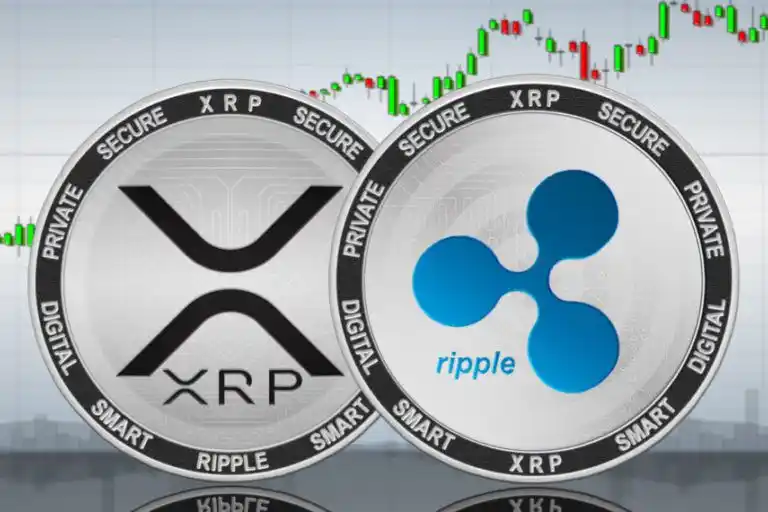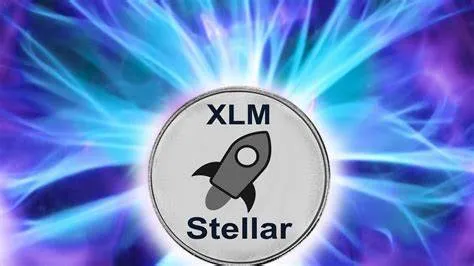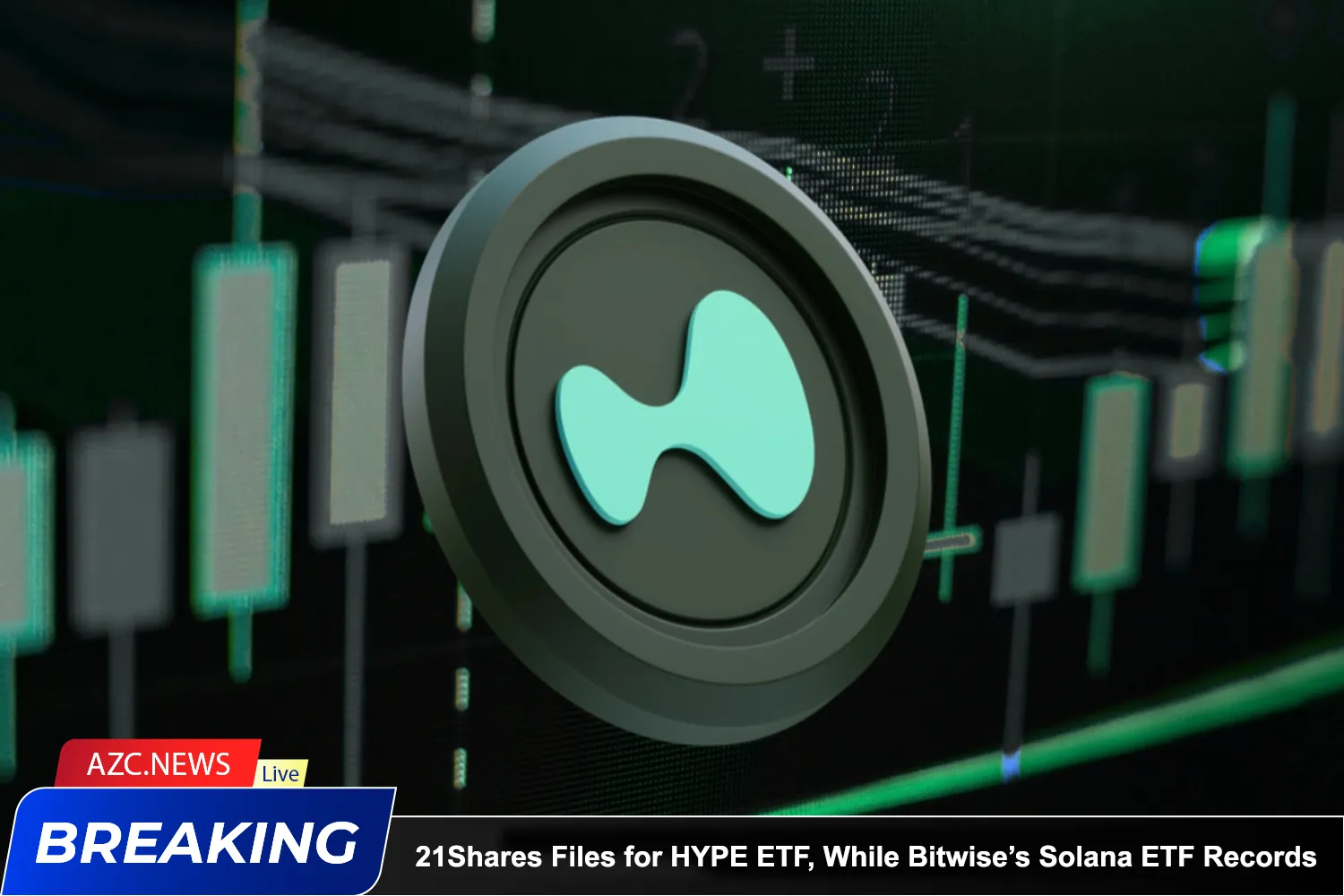XLM vs. XRP: Overview
XLM is the token of the Stellar blockchain (sometimes called Stellar Lumens). Although Stellar is technically a coin, it is often referred to as a ‘token’ because all of its coins are pre-mined.
XLM is the token of the Ripple blockchain. Like XLM, XRP is technically a coin but is often referred to as a ‘token’ because of its pre-mined status.
Ripple (XRP) and Stellar (XLM): What’s the difference?
The main difference between Stellar’s XLM and Ripple’s XRP lies in the customer base and organizational model of the two projects:
– Ripple focuses on providing payment solutions for large banks and financial institutions. Meanwhile, Stellar targets individuals and small and medium-sized businesses.
– Ripple is operated on a centralized model, while Stellar is a decentralized non-profit organization.
– Ripple owns and controls the majority of the XRP supply. Stellar widely distributes XLM to promote adoption.
– The two projects use different consensus protocols, and were born 2 years apart.
– The market capitalization of XRP is about 9 times that of XLM.
In general, although they aim to create a digital payment system, Ripple and Stellar have different directions and ways of operating. This leads to differences in technology, organizational structure and market of the two currencies XRP and XLM.
Ripple (XRP) and Stellar (XLM): What do they have in common?
Despite some differences, Stellar and Ripple have many similarities in purpose and how they work:
– Co-founded by Jed McCaleb, an influential figure in the field of cryptocurrency.
– All operate on their own blockchain platform to provide digital money transfer services.
– There is a mechanism to collect small fees online to prevent spam.
– Fast transaction processing speed, only takes a few seconds.
– Plays an important role in the DeFi (decentralized finance) ecosystem.
– The main function of both is to facilitate the easy, fast and cheap transfer of digital assets.
In general, despite competing directly with each other, XRP and XLM still have many similarities in terms of use and operation. This creates healthy competition between the two currencies in the field of digital money transfer.
Ripple (XRP) and Stellar (XLM): How do they work?
Both Ripple (XRP) and Stellar (XLM) work in a similar way.
A financial institution (XRP) or individual (XLM) converts fiat currency into the coin of their choice via a Ripple or Stellar cryptocurrency bridge.
Using this feature, crypto asset transfers are done in seconds.
Once the transfer is complete, the coins will be converted back to the specified currency.
Related: Earn Money with AZC
What is Ripple (XRP)?
https://xrpl.org/
Ripple Labs was founded by Jed McCaleb in 2012 after selling Ripplepay.
Ripple Labs’ aim is to create a blockchain that is faster and more energy efficient than Bitcoin. In 2012, Ripple officially launched with the creation of 100 billion XRP tokens.
Unlike most existing blockchains, Ripple bypasses traditional mining (Bitcoin) or validation (Ethereum) consensus mechanisms and authentication between network participants. Compared to bitcoin, the energy used to validate Ripple XRP transactions is essentially zero.
“The Ripple protocol consensus algorithm represents a new approach to distributed payment systems, achieving low-latency consensus and robustness in the face of Byzantine failures.”
What is Stellar (XLM)?
https://stellar.org/
Jed McCaleb also launched Stellar, but he did so in 2014, two years after launching XRP.
Unlike Ripple, Stellar is a non-profit organization. McCaleb’s goal with Stellar is to make it easier for people to move money globally. With Stellar, you can send money to any location in the world in seconds for just a few cents.
Like Ripple, Stellar is not affected by computationally heavy consensus mechanisms. Using a network of validators, Stellar transactions are validated in seconds with near-zero energy requirements.
Summary
In short, both Ripple (XRP) and Stellar (XLM) are strong contenders in the cryptocurrency world, each with their own advantages and use cases.
Both tokens have strong partnerships and continue to innovate in their respective fields. Ultimately, individual investors and businesses must evaluate their specific needs and determine which cryptocurrency is best for them.











